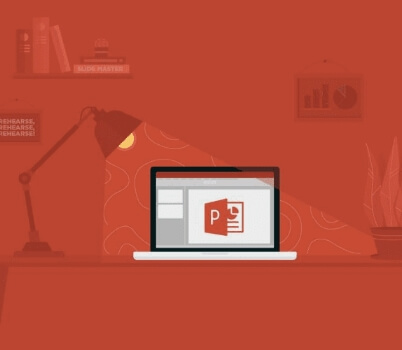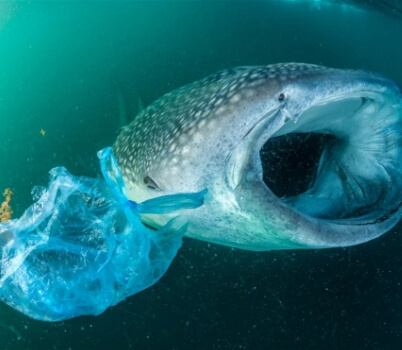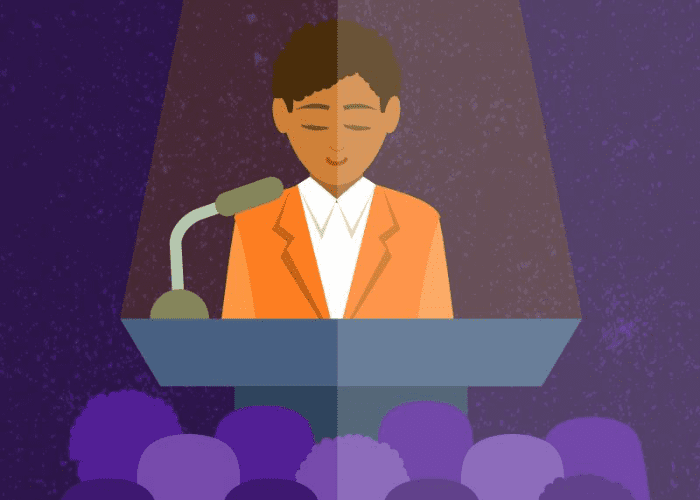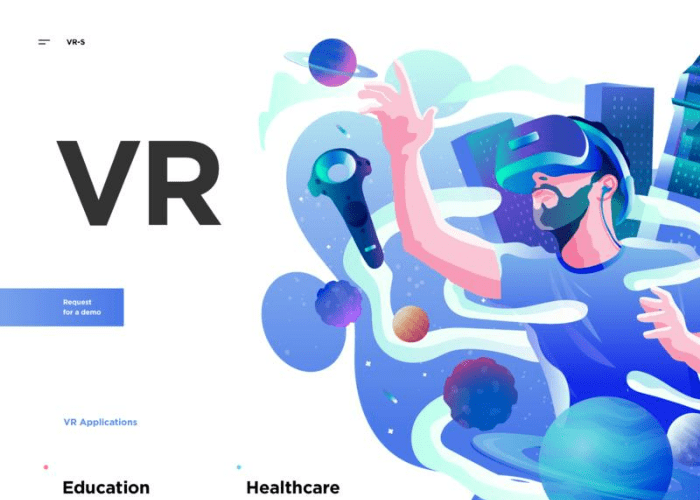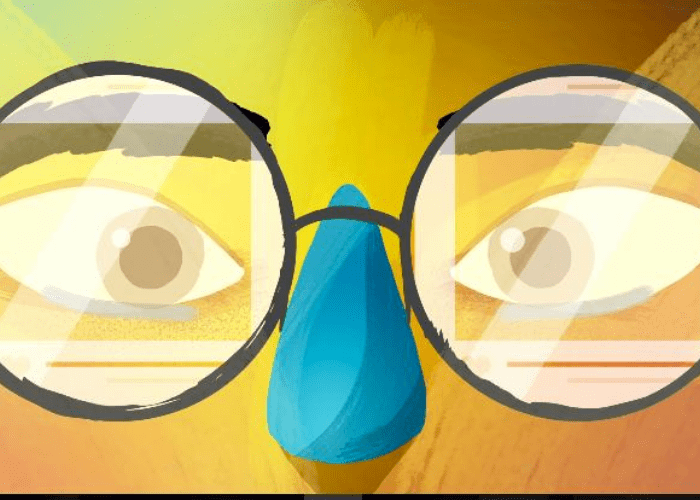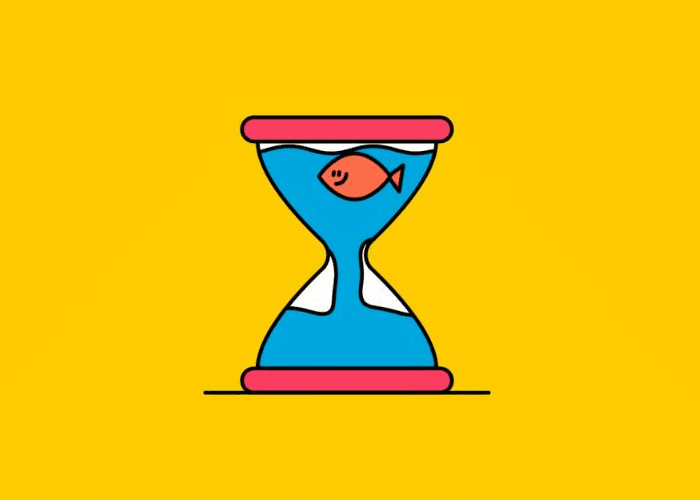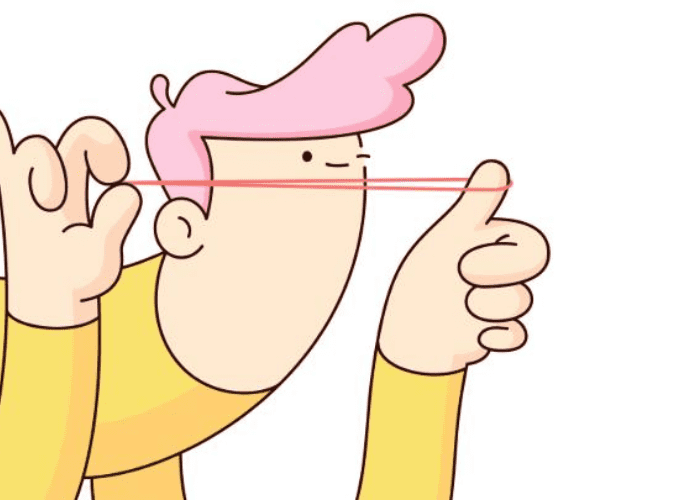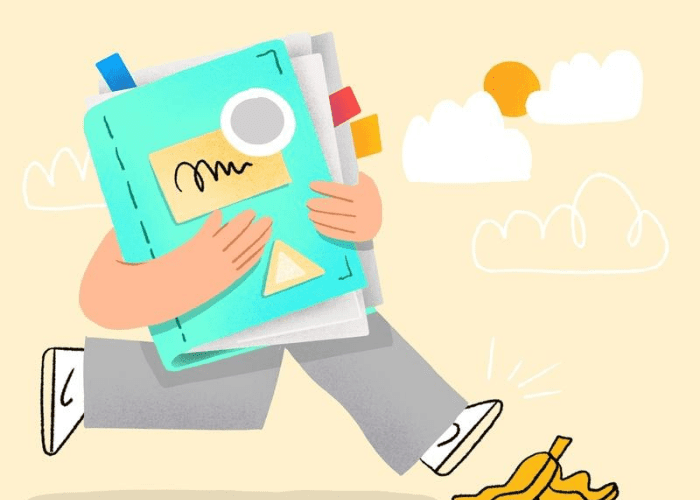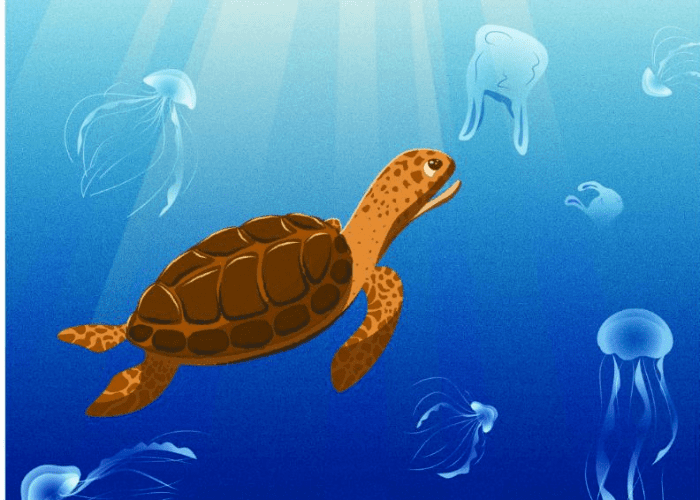It’s February the 13th!
You know what we are raising greater awareness for on the 13th of February?
Yes, The “World Radio Day”
It may seem lame to you but that’s because you don’t know the full history of this significant device.
But first let’s know more about the world radio day.
Pluralism, Representation, Diversity
Radio is a powerful medium for celebrating humanity in all its diversity and shapes a platform for democratic discourse. At the global level, radio remains the most widely used medium.
Its unique ability to reach out the widest audience means radio can shape a society’s experience of diversity, stand as an arena for all voices to speak out, be represented and heard.
Radio stations should serve different communities, offering a wide variety of programs, viewpoints and content, and reflect the diversity of audiences in their organizations and operations.
Radio is a low-cost medium specifically suited to reaching remote communities, offering a platform to intervene in the public debate, no matter what is people’s educational level. It also plays a definitive role in emergency communication and disaster relief.
Radio is positioned to bring communities together and foster positive dialogue for change. By carefully listening to its audiences and responding to their needs, radio services provide the diversity of views and voices needed to address the challenges we all face.
The objectives of the Day

By: https://dribbble.com/shots/8976661-radio
The day is raised greater awareness among the public and the media of the importance of radio, to encourage decision makers to establish and provide access to information through radio, as well as to enhance networking and international cooperation among broadcasters.
UNESCO’s General Conference, at its 36th session, proclaimed 13 February as World Radio Day.
“On 14 January 2013, the United Nations General Assembly formally endorsed UNESCO’s proclamation of World Radio Day. During its 67th Session, the UN General Assembly adopted a resolution proclaiming 13 February as World Radio Day.
For World Radio Day 2020, UNESCO calls on radio stations to uphold diversity, both in their newsroom and on the airwaves.”
Now, the full history Radio.
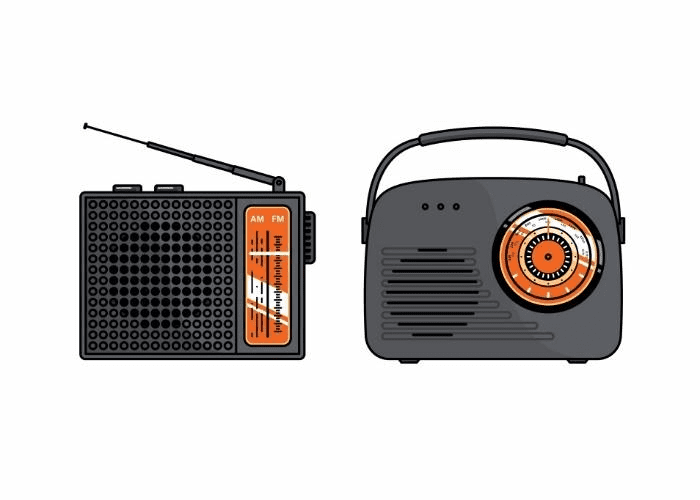
By: https://dribbble.com/shots/5994150-Radio
In the early 1960s, as Germany was emerging from the chaos of World War II, the T1000 radio enabled access to the world with its phenomenal bandwidth and mobility, while its physical form offered order, harmony and economy. The T1000 stands out for its engineering the radio was capable of scanning all available broadcasting frequencies and its limited physical appearance
What purpose or function does the radio perform?
Then in 1895, a young Italian named Guglielmo Marconi invented what he called “the wireless telegraph” while experimenting on his parents. He used radio waves to transmit Morse code and the instrument he used became known as the radio.
Reginald Fessenden— He developed a way to combine sound and radio carrier waves. His first effort to transmit this mixed signal to a receiver has failed.
However, in 1906, using Alexanderson’s Alternator, Fessenden made the first long range transmission of voice from Brant Rock, Massachusetts.
Henirich Hertz, the German physicist, was the first to prove that you could transmit and receive electric waves wirelessly. Although Hertz originally thought his work had no practical use, today it is recognized as the fundamental building block of radio and every frequency measurement is named after him “the Hertz”.
There are hundreds of uses of radio spectrum and technology. Everything as baby monitors and broadcasting to radar and radio beacons are applications of radio.
Then Guglielmo Marcon introduced many of the first uses of wireless telegraphy to European navies. His radio apparatus is widely considered to be the reason that over 700 people survived the Titanic disaster in 1912 instead of dying as they likely would have if ships at sea were still using carrier pigeons to communicate over great distances.
Ernst Alexanderson was born in Sweden, this remarkable inventor developed the first alternator to make transmission of speech instead of the dots and dashes of telegraphs possible. It is said that this holder of 344 patents “virtually invented everything General Electric did in the field of AM, FM, and TV.”
Radio Development
The period between the late 1920s and the early 1950s is considered the Golden Age of Radio, in which comedies, dramas, variety shows, game shows, and popular music shows drew millions of listeners across America. But in the 1950s, with the introduction of television, the Golden Age faded.
But, radio remained a popular culture force. Developments like stereophonic broadcasting, which began in the 1960s, helped radio maintain its popularity.
Already more than 100 years old, radio is still a powerful force in our life.
Edwin Armstrong, Columbia University engineering professor, and creator of FM radio invented the regenerative circuit, the first amplifying receiver and reliable continuous-wave transmitter; and the super heterodyne circuit, a means of receiving, converting and amplifying weak, high-frequency electromagnetic waves.
His inventions are considered by many to provide the foundation for cellular phones.
The field radio was designed and manufactured by German company Telefunken in 1918.
One of its most striking design elements is the early use of plastic in the dials arrayed across the face of the machine.
The controls and switches are distinguished by various markings and shapes which cue the user as to their parameter, purpose and range of operation.
Radio wasn’t always as advanced as it is today or as popular. Like many technologies, it evolved gradually and gained acceptance slowly. Radio continues to evolve as it competes with other technologies to attract and hold an audience.






